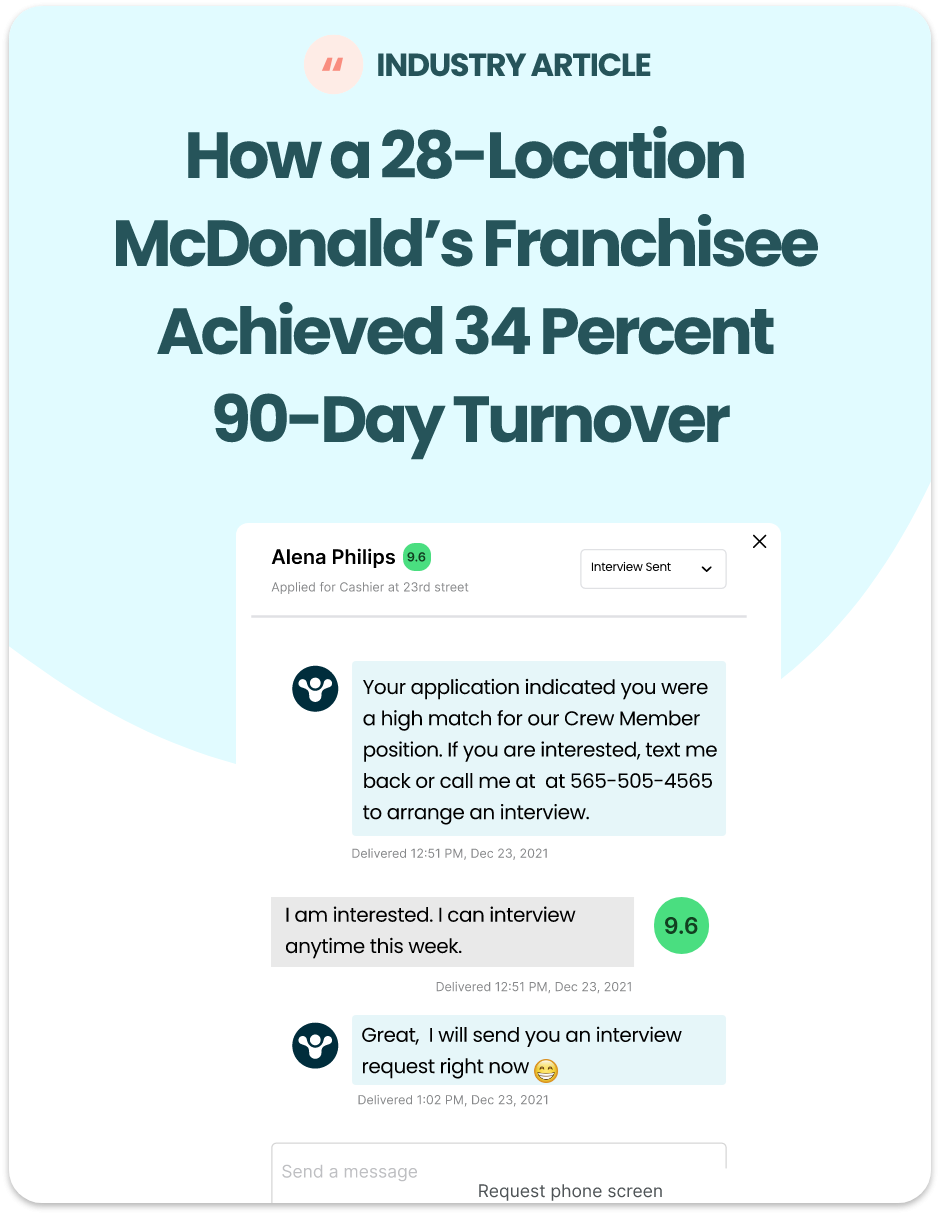The employee engagement software industry grew by $150 million in 2020, and it’s expected to grow by an additional $370 million by 2026, according to a Zion Market Research study. However, despite this trend, 85% of employees don’t feel engaged in their workplace. Is your business suffering from low engagement? If you haven’t implemented initiatives to engage your workers by now, then these shocking employee engagement statistics might change your mind.
Gallup research shows that companies with highly engaged workers see less absenteeism, less turnover, and better productivity. That’s only the beginning. Read on to see more workplace engagement statistics and check out our AI-powered platform that reveals which applicants will be engaged from the start!
Employee Engagement Statistics You Need to Know
1. Most Employees Are Not Engaged in the Workplace
One of the most surprising statistics on employee engagement is that most employees are not engaged in the workplace, and the numbers have been declining since 2019. In 2020, employee engagement reached a low of 20% and has declined to 15% globally since then.
2. Engaged Employees to Are Better Workers
Almost 80% of employees say that a strongly engaged culture helps them do their best work. Other employee engagement productivity statistics include: 76% of workers believe efficiency and productivity stem from an engaged culture, and 74% think that working for a company with an engaging culture allows them to deliver better customer service.
3. Employee Engagement Leads to Higher Profits
Perhaps one of the most intriguing employee engagement facts and figures is that a high level of employee engagement can increase business profits by 21%. An engaged staff experiences better customer loyalty and, therefore, an increase in overall revenue. So, you might see a significant ROI from investing in employee engagement strategies.
4. Employee Recognition Boosts Productivity
The statistics on employee engagement and productivity don’t stop there. In fact, 37% of employees consider recognition to be the most important factor for their success. This means managers and members of leadership teams should do what they can to recognize employees, therefore bolstering their sense of pride, motivation, and self-confidence.
5. Engaged Employees Are Less Likely to Leave
Engaged employees are 87% less likely to leave a company than those who are not engaged. In other words, unengaged employees are five times more likely to leave their current workplace. That means having to deal with costly employee turnover and a time-consuming hiring process. (Wouldn’t it be easier to just implement good employee engagement practices?)
What You Can Do to Improve Employee Engagement
There are several employee engagement strategies that are easy to implement and will pay off in the long run. You can schedule team-building activities, schedule routine check-ins, offer career development opportunities, and so much more that we outline in our free e-book, 4 Steps to Reduce Your Reliance on Applicant Flow.
Plus, you can get a free demo of Sprockets’ AI-powered platform that reveals the ideal applicants based on shared personality traits with your current top performers. You’ll know who will succeed and mesh well with the team even before spending time on interviews!






























